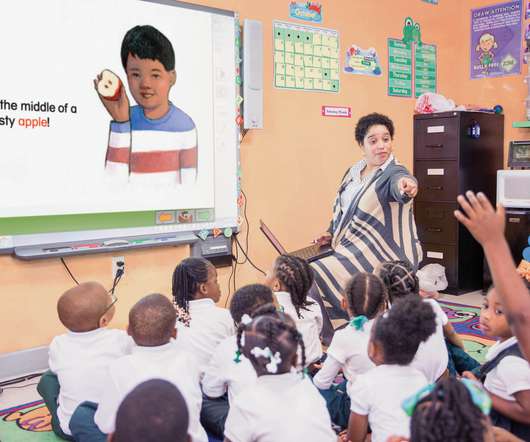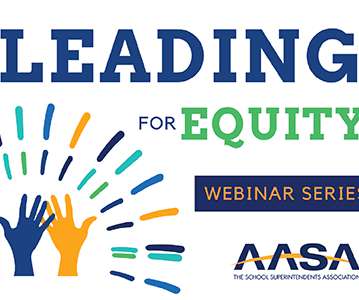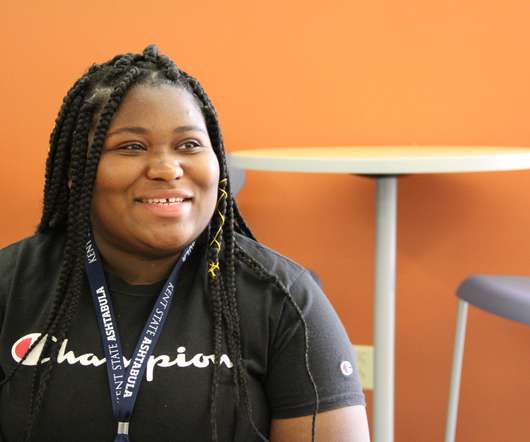Understanding, Teaching, and Reaching Digital Native Students—and Digital Native Caregivers
Waterford
MARCH 11, 2021
Teachers should remember that not every family may be able to afford Internet access, so old-fashioned printed notes and bulletins still have a place in the student’s backpack. September 2017. Education, Communication & Information, 2004, 4(1), pp. November 2017. Sources: “Teaching Digital Natives.” ASCD InService.




































Let's personalize your content